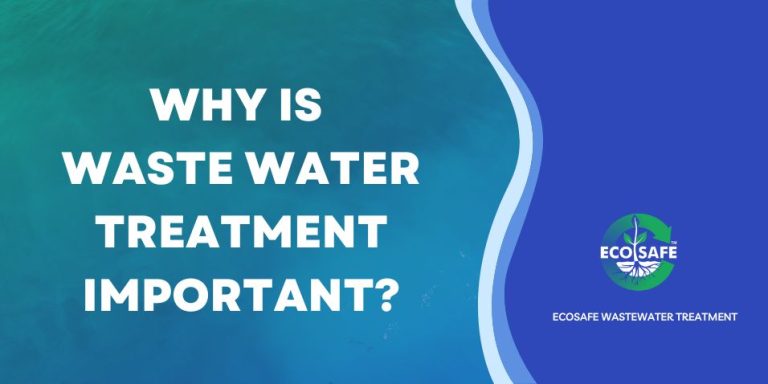8 Easy Facts About Reclaim Waste Explained
8 Easy Facts About Reclaim Waste Explained
Blog Article
8 Easy Facts About Reclaim Waste Shown
Table of ContentsThe Reclaim Waste DiariesThe Buzz on Reclaim WasteThe 9-Minute Rule for Reclaim WasteThe Buzz on Reclaim WasteNot known Facts About Reclaim Waste
Discover the types, incidents, and types of liquid waste. Residential sewage waste describes the waste and products from a property septic storage tank. This kind of waste is developed by human beings in homes, schools, and various other buildings. This only consists of septic systems that have a drain area. The proper monitoring and disposal of domestic sewage waste need fluid waste to be transferred to a sewer treatment plant where the correct approaches and equipment are put on detoxify and dispose of waste.
Commercial waste commonly consists of prospective dangers, such as combustible products or a blend of liquid and solid waste items, and calls for an advanced and in-depth disposal process. The disposal of industrial waste typically includes the purification of waste before transportation to make sure safe and appropriate disposal. Hazardous waste is created from by-products and overflow of commercial procedures and production.
This kind of waste can not utilize the very same sewer administration transport or processes as septic or commercial liquids. The hazardous waste administration procedure needs the inspection and testing of liquid waste prior to it goes through the disposal procedure (liquid waste removal melbourne). Overflow waste is the fluid waste that originates from drainage and excess stormwater in extremely booming locations or cities
Runoff waste can cause contamination and flooding if not taken care of effectively. Making certain proper waste administration can protect against calamities and minimize environmental harm.
Reclaim Waste - An Overview
Contact PROS Providers today to discover concerning our waste administration and disposal services and the appropriate ways to take care of the liquid waste you produce.
(https://penzu.com/p/1f225eb6893bd9aa)This so-called 'wastewater' is not only an important source however, after therapy, will be released to our land, rivers or the ocean. Made use of water from bathrooms, showers, baths, kitchen sinks, washings and commercial processes is understood as wastewater.

water made use of to cool equipment or clean plant and tools). Stormwater, a form of wastewater, is overflow that flows from farming and urban areas such as roofing systems, parks, gardens, roads, paths and gutters right into stormwater drains, after rain. Stormwater streams unattended directly to regional creeks or rivers, at some point reaching the sea.
The Definitive Guide to Reclaim Waste
In Queensland, many wastewater is treated at sewage treatment plants. Wastewater is delivered from residential or commercial sites through a system of drains and pump terminals, known as sewerage reticulation, to a sewage therapy plant.
The Division of Natural Resources recommends city governments regarding managing, operating and maintaining sewage systems and therapy plants. In unsewered locations, city governments may require householders to mount private or family sewage treatment systems to deal with domestic wastewater from toilets, kitchen areas, washrooms and washings. The Division of Natural Resources authorises using home systems when they are verified to be efficient.
Most stormwater obtains no therapy. In some brand-new neighborhoods, therapy of some stormwater to remove clutter, sand and gravel has actually started utilizing gross pollutant catches. Wastewater treatment occurs in 4 phases: Eliminates solid matter. Larger solids, such as plastics and various other objects wrongly discharged to sewers, are gotten rid of when wastewater is passed with displays.
Makes use of tiny living organisms recognizes as micro-organisms to break down and remove staying dissolved wastes and fine bits. Micro-organisms and wastes are incorporated in the sludge.
Things about Reclaim Waste
Nutrient elimination is not readily available at all sewer therapy plants due to the fact that it calls for costly specialized tools. It is coming to be more typical in Queensland. Clear liquid effluent produced after treatment may still include disease-causing micro-organisms. If this effluent is released right into rivers such as rivers or the sea, the micro-organisms will eventually die out.

A lot of wastewater flows right into the sewage system. Under the Act, neighborhood governments provide approvals and permits for environmentally pertinent activities (ERAs) including wastewater launches that may have a regional influence.
10 Easy Facts About Reclaim Waste Described
Or else, examples are taken for lab evaluation. Commonly many tests are needed to develop the degrees of each of the various pollutants such as oils, hefty steels and chemicals in water. Monitoring offers valid information about water quality and can verify that permit problems are being fulfilled. The details acquired with tracking supplies the basis for making water top quality decisions.
Report this page